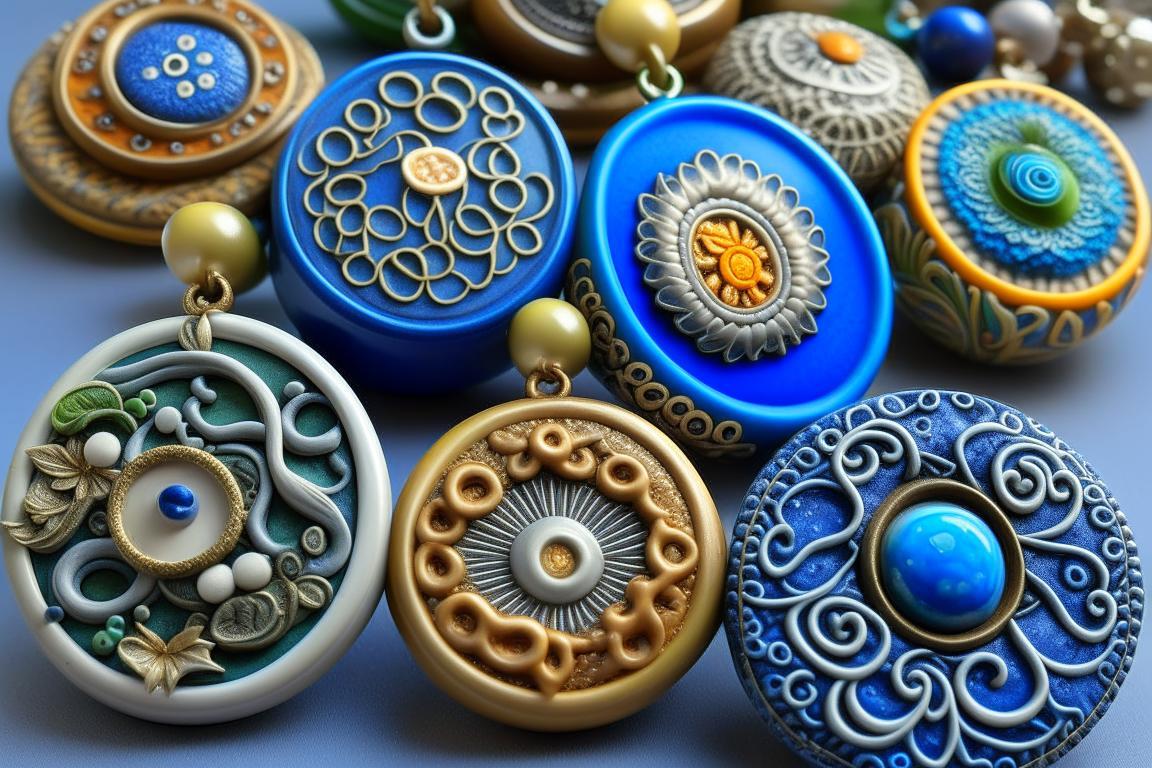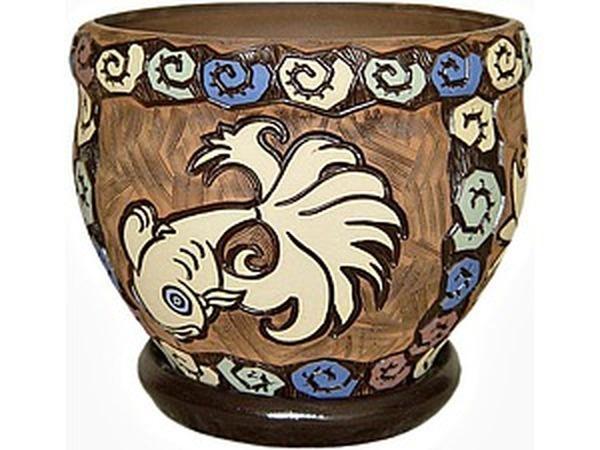The Timeless Craft of Artistic Ceramic Pottery
The Timeless Craft of Artistic Ceramic Pottery
Ceramic pottery is a beautiful and timeless art form that has been cherished for centuries. From its humble origins as a functional craft to its modern-day applications as a medium for exploring complex themes, ceramics continues to inspire and delight artists and collectors around the world.
The History and Evolution of Ceramic Pottery
Ceramic pottery has a rich history dating back to ancient civilizations such as the Greeks, Romans, and Chinese. These early potters used clay to create both functional and decorative objects, including vessels for food storage and transportation, as well as figurines and other decorative pieces.

Over time, the art of ceramic pottery evolved and spread throughout the world, with each culture developing its own unique techniques and styles. In Japan, for example, potters developed the art of raku firing, which involves removing pieces from the kiln while they are still hot and placing them in combustible materials to create unique surface patterns.
The Techniques Used in Ceramic Pottery
There are many different techniques used in ceramic pottery, each with its own unique advantages and challenges. Some of the most popular techniques include:
- Handbuilding: This involves shaping clay by hand using techniques such as pinching, coiling, and slab construction.
- Wheel throwing: This involves shaping clay on a pottery wheel, using centrifugal force to create symmetrical forms.
- Glazing: This involves applying a layer of glaze to the surface of a piece, which is then fired in a kiln to create a hard, glossy finish.
- Firing: This involves heating pieces in a kiln to temperatures of up to 2,500 degrees Fahrenheit, which causes the clay to harden and become durable.
The Beauty and Timelessness of Ceramic Pottery
Ceramic pottery is a beautiful and timeless craft that adds warmth and personality to any space. Whether it's a delicate vase or a sturdy mug, ceramic pottery combines form and function, creating objects that are both aesthetically pleasing and useful.

Notable Ceramic Artists
There have been many notable ceramic artists throughout history, each with their own unique style and contributions to the craft. Some of the most notable include:
- Pablo Picasso: Although best known for his paintings, Picasso was also an accomplished ceramic artist, creating whimsical and colorful pieces that reflected his playful spirit.
- Lucie Rie: A British ceramic artist who specialized in creating functional vessels with simple, elegant forms and glazes.
- Peter Voulkos: An American artist who revolutionized the field of ceramics with his large-scale, abstract sculptures that challenged traditional notions of form and function.
The Modern Applications of Ceramic Pottery
Today, ceramic pottery is used for a wide range of applications, from functional dishes and vases to decorative sculptures and installations. Many modern artists use ceramics as a medium for exploring themes such as identity, memory, and culture.
One notable example is British artist Grayson Perry, who creates intricate ceramic vessels that explore themes such as gender and class. Another is American artist Betty Woodman, who creates large-scale ceramic installations that blur the line between sculpture and functional object.
Conclusion
Ceramic pottery is a beautiful and timeless craft that has captivated people for centuries. From its ancient origins to its modern-day applications, ceramics continues to inspire and delight artists and collectors around the world. If you're interested in learning more about this fascinating craft, consider taking a class or workshop at your local pottery studio.
Frequently Asked Questions
1. What is ceramic pottery?
Ceramic pottery is the art of creating objects from clay using techniques such as handbuilding, wheel throwing, and firing.
2. What are some popular techniques used in ceramic pottery?
Some popular techniques include handbuilding, wheel throwing, glazing, and firing.
- Art
- Causes
- Crafts
- Dance
- Drinks
- Film
- Fitness
- Food
- الألعاب
- Gardening
- Health
- الرئيسية
- Literature
- Music
- Networking
- أخرى
- Party
- Religion
- Shopping
- Sports
- Theater
- Wellness
- IT, Cloud, Software and Technology


